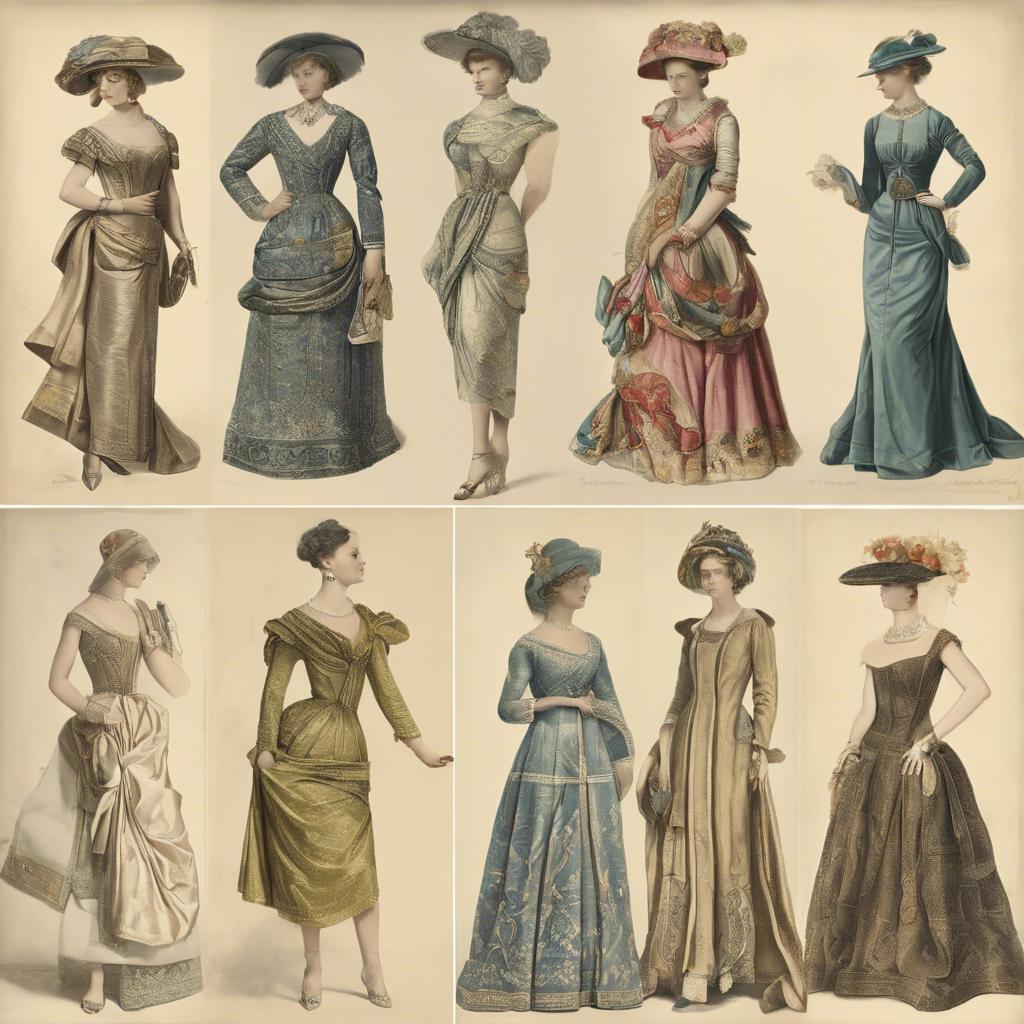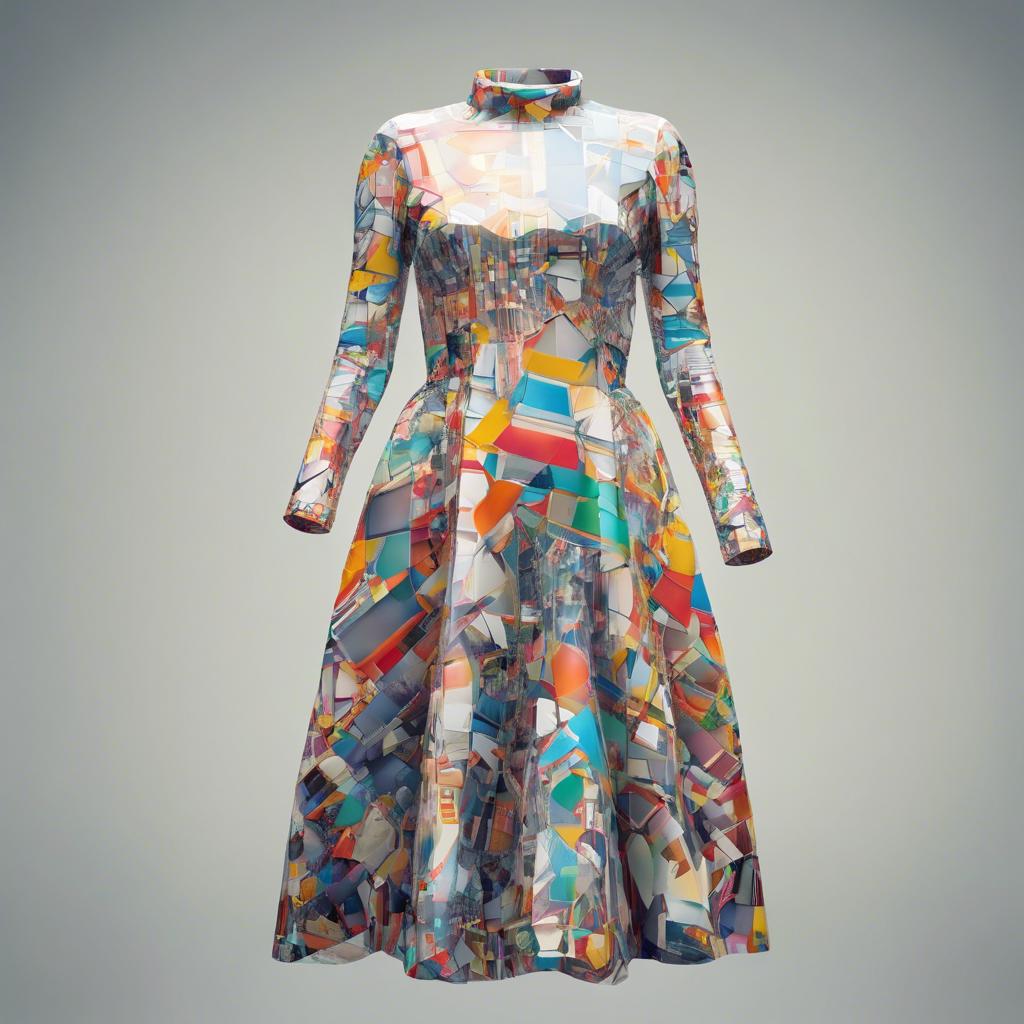Hemlines have played a significant role in the evolution of fashion throughout history. From floor-length gowns of the medieval era to the scandalously short hems of the 1920s flapper dress, the length of a garment’s hem has reflected societal norms and cultural shifts. In this article, we will explore the fascinating history of hems in women’s fashion, focusing on the iconic hems dress that has endured the test of time and continues to captivate designers and fashion enthusiasts alike.
Step Into the World of Cheryl Bolen
Dive into the enchanting stories of love, intrigue, and elegance set in the Regency Era. Cheryl Bolen's novels offer timeless romance and captivating tales that will leave you wanting more.
Explore Cheryl Bolen's Books Now
Evolution of Hems in Dressmaking: From Ancient Civilizations to Modern Fashion Trends
In ancient civilizations, such as Ancient Egypt and Ancient Greece, hems in dressmaking served both functional and decorative purposes. Garments were often tailored with intricate hems to showcase the craftsmanship of the design. Embroidery, beading, and other embellishments were commonly used to adorn the hems of garments, adding a touch of elegance and luxury.
During the Middle Ages, hems in dressmaking became more elaborate and exaggerated, with styles such as the houppelande featuring voluminous skirts with floor-length hems. The use of sumptuous fabrics like velvet and silk further enhanced the opulence of the hems, creating a regal and majestic silhouette. Rich embroidery and gold trimmings were also popular embellishments on hems during this period.
In modern fashion trends, hems in dressmaking have evolved to reflect a more minimalist and streamlined aesthetic. Clean lines and tailored finishes are favored, with hem lengths varying from mini to maxi. The focus is on precision and attention to detail, with techniques like blind stitching and topstitching used to create seamless hems that complement the overall design of the garment. Bold asymmetrical hems and hi-low hemlines are also trendy choices for adding a contemporary twist to classic silhouettes.
The Importance of Proper Hem Length: Enhancing Fit, Style, and Overall Appearance
In the world of fashion, the hem length of a garment plays a crucial role in enhancing the overall fit, style, and appearance. Proper hem length can make or break an outfit, adding that perfect finishing touch to your look. Whether it’s a dress, pants, or skirt, getting the hem length right is essential for achieving a polished and put-together ensemble.
Throughout history, hem lengths have varied depending on the prevailing fashion trends of the time. From the ankle-length dresses of the Victorian era to the mini skirts of the swinging sixties, hem lengths have reflected the cultural norms and ideals of each period. By paying attention to the hem length of your clothes, you can channel the elegance of a bygone era or embrace the modern trends of today.
When it comes to hemming garments, precision is key. A hem that is too short can look awkward and unflattering, while a hem that is too long can drag down the overall silhouette of the outfit. By taking the time to ensure that your hems are the right length for your body type and style preferences, you can elevate your wardrobe to new heights. Remember, the devil is in the details, and the hem length is no exception when it comes to achieving a perfectly tailored look.
Expert Tips for Achieving the Perfect Hem: Techniques, Tools, and Best Practices
In the art of hemming a dress, attention to detail and precision are key elements to achieve the perfect finish. One technique that has stood the test of time is the blind hem stitch. This method involves folding back the edge of the fabric and stitching it in a way that creates an invisible seam on the right side of the garment.
When it comes to tools, a quality iron is essential for achieving crisp, clean hems. Pressing the fabric before and after stitching helps to maintain the shape and structure of the garment. Additionally, investing in a good pair of fabric scissors can make all the difference in achieving smooth and even hems.
Best practices for hemming a dress include starting with accurate measurements and markings. Taking the time to properly measure and mark the hemline ensures a straight and even finish. It is also important to choose the appropriate hemming technique based on the fabric type and desired outcome. Lastly, practice makes perfect when it comes to achieving the perfect hem, so don’t be afraid to experiment and refine your skills.
The Way Forward
the evolution of hems in dressmaking throughout history is a testament to the ever-changing nature of fashion and style. From the simplicity of the Ancient Greeks to the decadence of the Renaissance period, hems have played a crucial role in shaping the silhouettes of garments. Today, designers continue to experiment with hems, pushing boundaries and redefining the way we think about hemlines in modern fashion. With each new era, hems in dressmaking continue to stand as a symbol of innovation and creativity in the world of fashion.


